Plant, machinery and equipment inspection guide
Electrical and mechanical
-
Why inspect them?
-
Alternators
-
Control panels
-
Engines, motors, pumps and compressors
-
Fixed wiring
-
Gearboxes
-
Generators
Why do electrical and mechanical plant and equipment need to be inspected?
Safety measures
Integrity
Wear and tear
Defects
Alternators
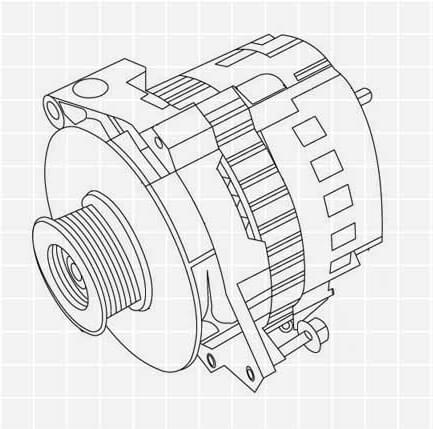
Alternators need to be inspected within a year from the last inspection, i.e. at least once every 12 months, for compliance with the:
Control panels
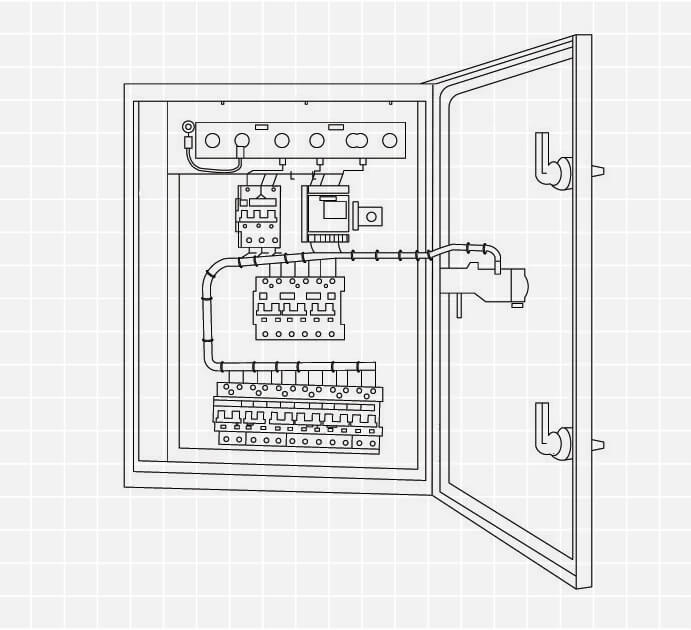
Why inspect it?
- To determine the provision, suitability and security of interlocks etc.
- To ascertain the mechanical and electrical integrity of installation.
- To identify any obvious signs of deterioration, damage or wear.
24 months
Industries where found:
Engines, motors, pumps and compressors
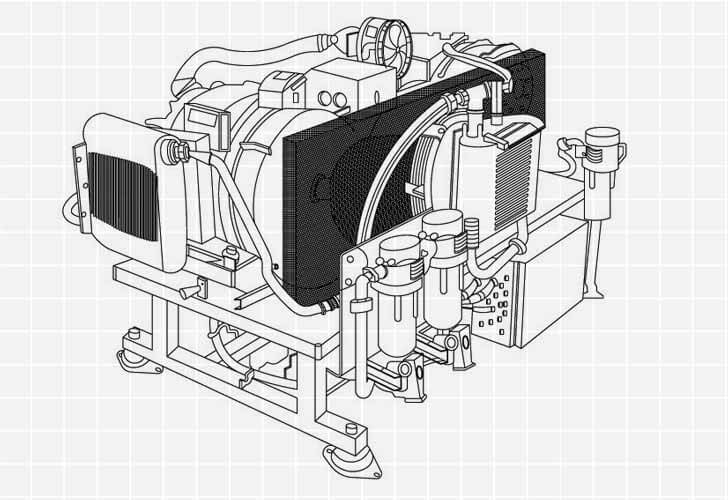
Fixed wiring
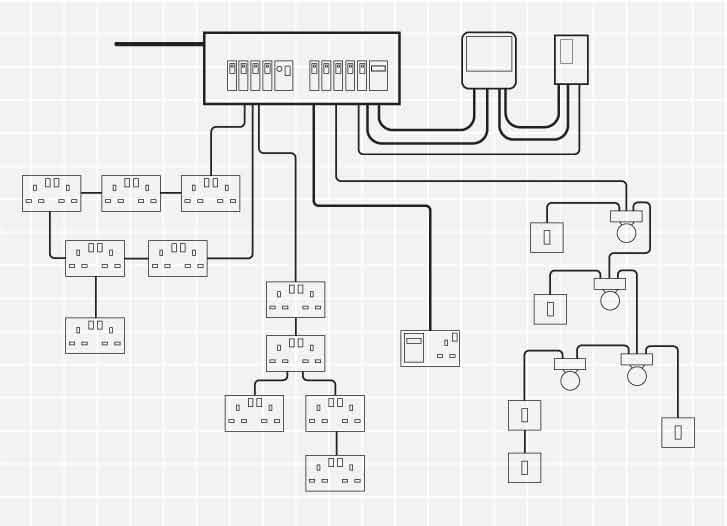
Gearboxes
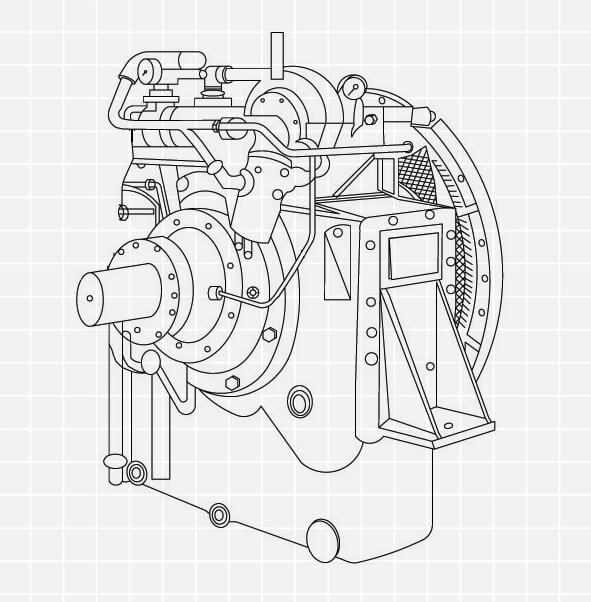
Generators

Lift and crane
-
Why inspect them?
-
Cleaning lifts
-
Cranes
-
Dock levellers
-
Escalators
-
Excavators
-
Forklift trucks
-
Goods lifts
-
Lift accessories
-
Lifting appliances
-
Lifting machines
-
Lorry-mounted cranes
-
Mobile cranes
-
Pallet trucks
-
Passenger lifts
-
Vehicle lifting tables
Why do lifts and cranes need to be inspected?
Stability
Safety measures
Integrity
Wear and tear
Window cleaning and building maintenance equipment
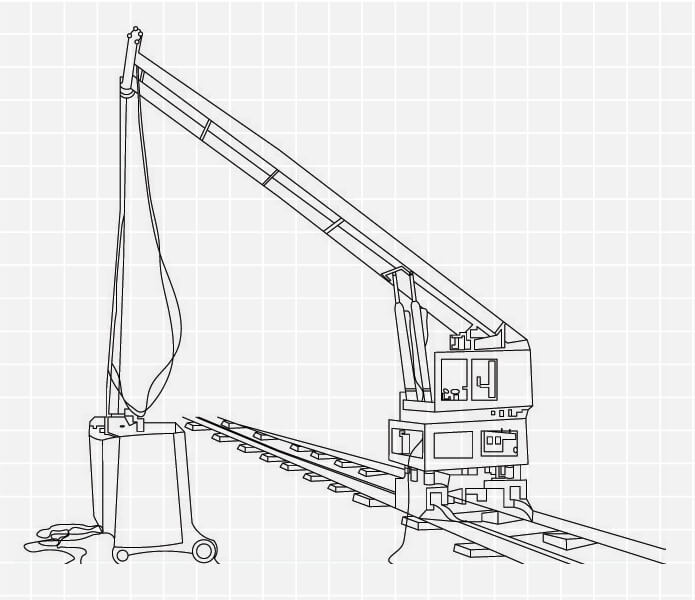
Lifting equipment used for window cleaning and building maintenance must be inspected at intervals of no more than six months, for compliance with the:
Cranes
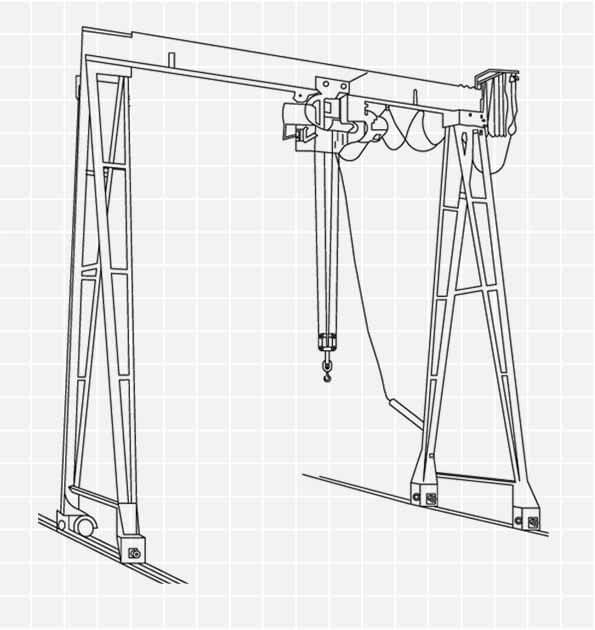
Dock levellers
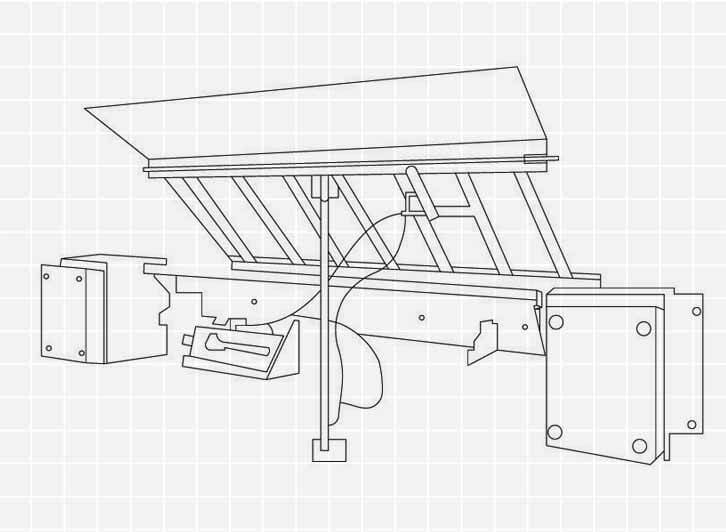
Escalators
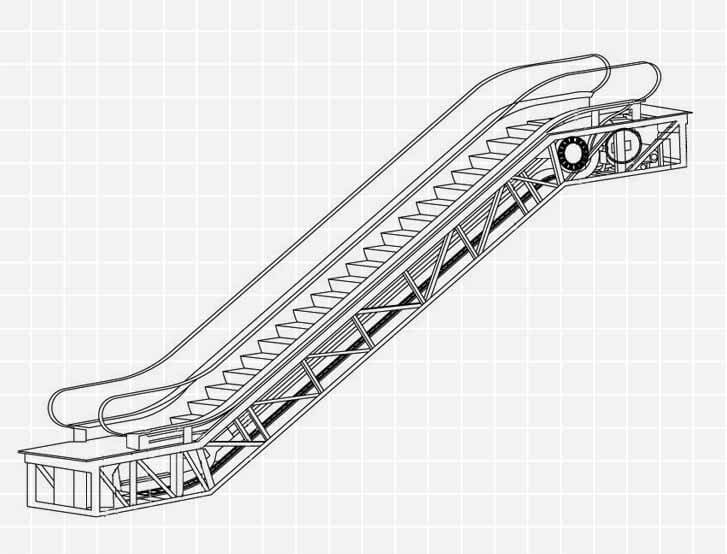
Excavators and loading shovels

Forklift trucks
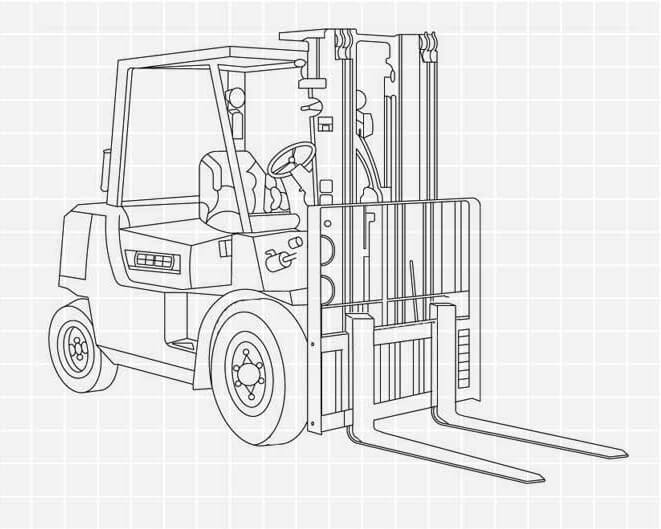
Goods lifts
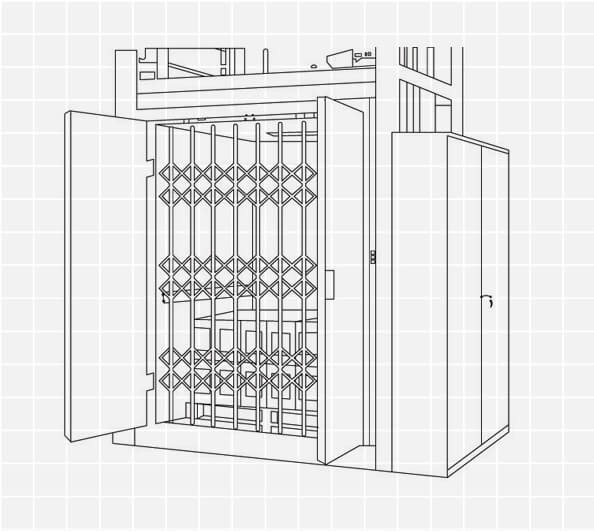
Separate lift accessories

Lifting appliances
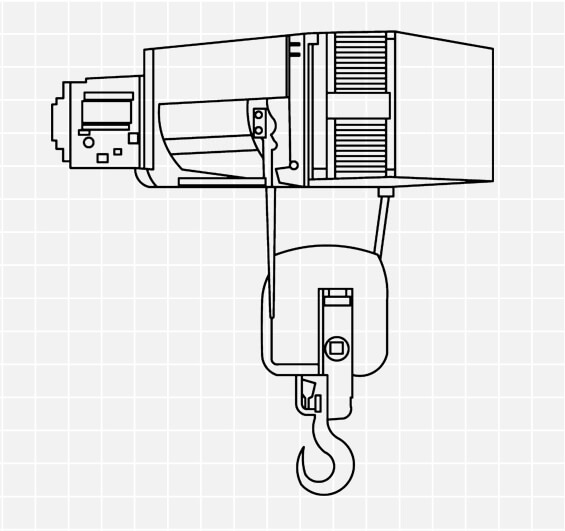
Lifting machines
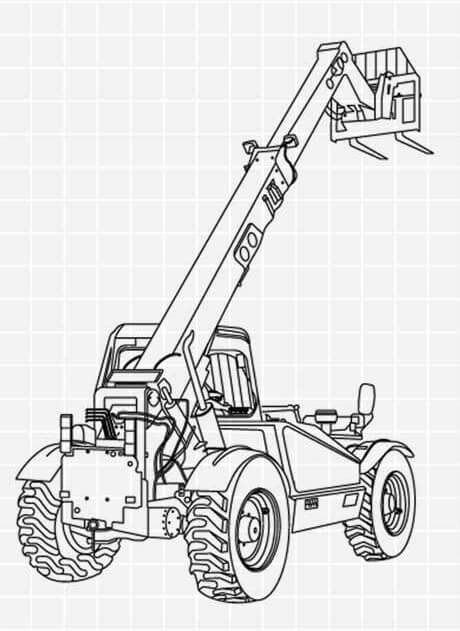
Lorry-mounted cranes

Mobile cranes
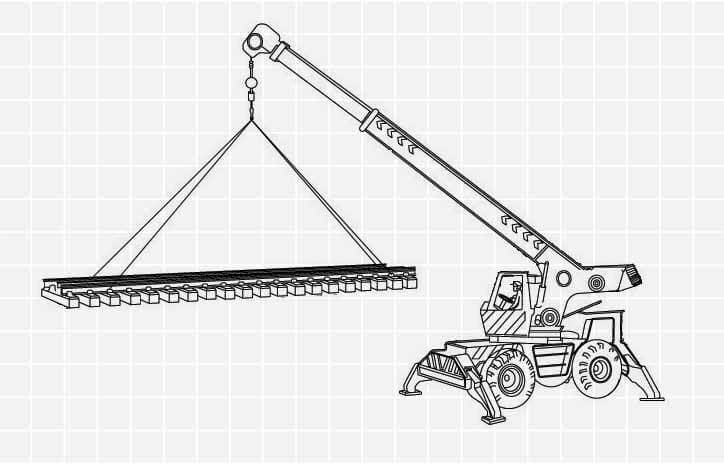
Pallet trucks

Passenger lifts
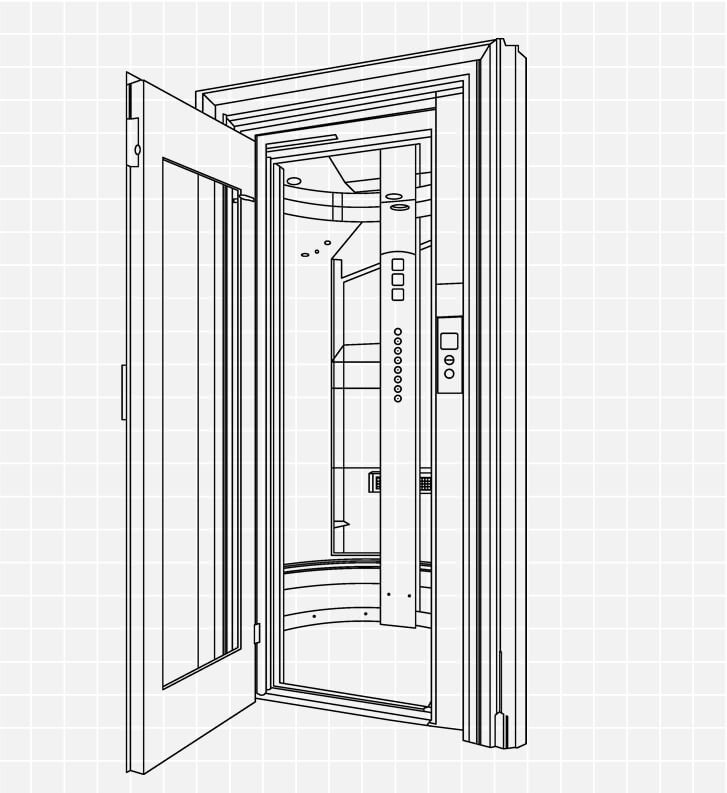
Motor vehicle lifting tables

Local exhaust ventilation (LEV)
-
Why inspect them?
-
Fume cupboards
-
LEV systems
-
Shot blast cabinets
-
Spray booths
Why inspect LEV plant?
Health hazards
Integrity
Fume cupboards
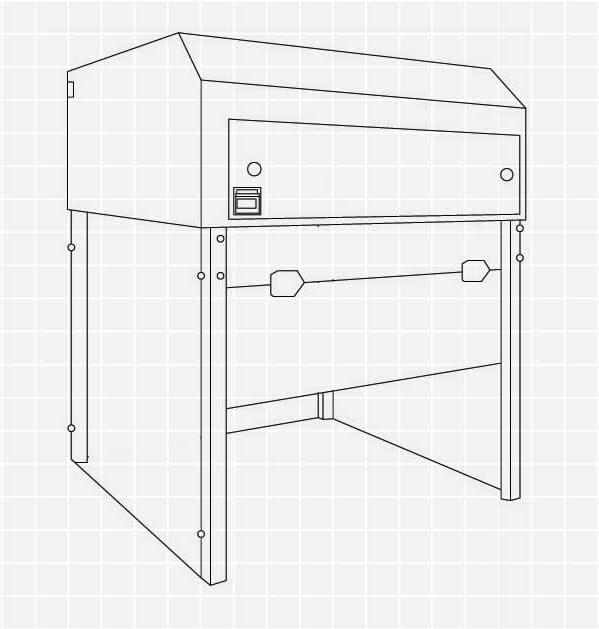
Fume cupboards need to be inspected within 14 months of the last inspection for compliance with the:
Local exhaust ventilation (LEV) systems

Shot blast cabinets
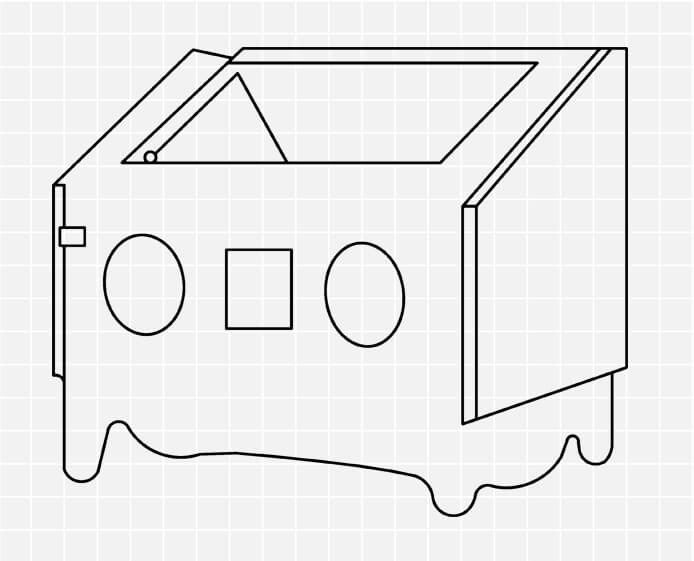
Spray booths
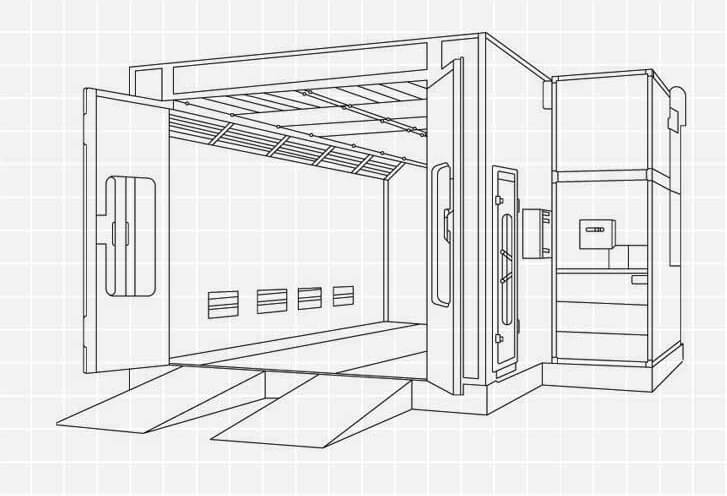
Power press
-
Why inspect them?
-
Guards and protective devices
-
Guillotine (metal)
-
Guillotine (paper)
-
Injection moulding machines
-
Power press
-
Press brakes
-
Wood working machines
Why inspect power press machinery?
Safety measures
Integrity
Wear and tear
Defects
Guards and protective devices

Guards and protective devices fixed to power press plant and machines need to be inspected within a year from the last inspection, i.e. at least once every 12 months, for compliance with the:
Guillotine (metal)

Guillotine (paper)

Injection moulding machines

Power press

Press brakes
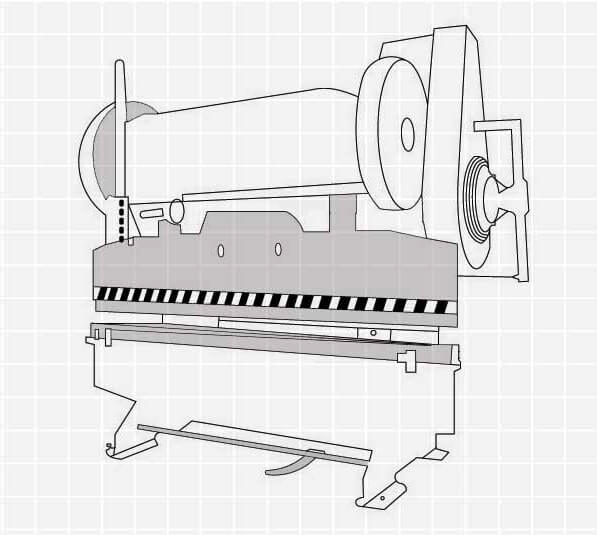
Wood working machines
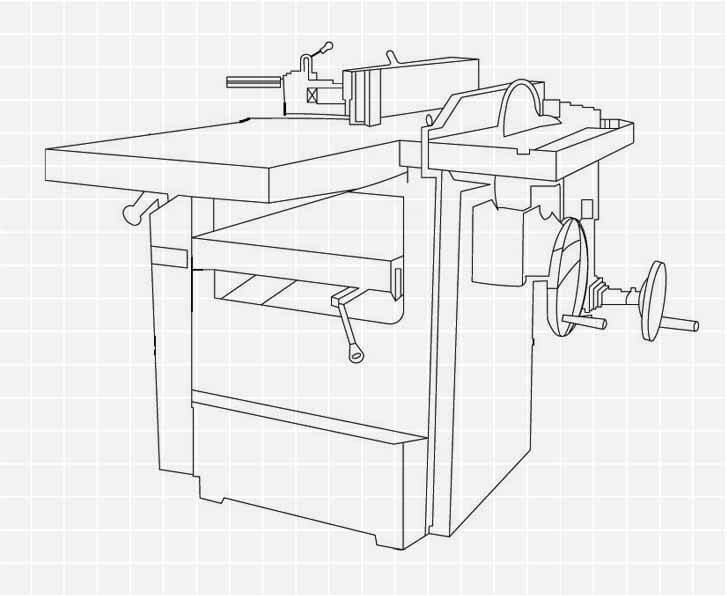
Pressure plant
-
Why inspect them?
-
Air receivers
-
Autoclaves
-
Blowdown vessels
-
Bulk storage vessels
-
Café boilers
-
Calorifiers
-
Hot water boilers
-
Jacketed reactor vessels
-
Pressurisation units
-
Refrigeration/ air conditioning
-
Steam boilers
-
Steam vessels
Why inspect pressure plant?
Integrity
Safety measures
Hazard control
Wear and tear
Air receivers

This type of plant is used in a variety of situations and industries. Typically, compressed air is used for production purposes, operation of hand tools and provision of breathing air.
Systems generally comprise of air receiver, cooler, air dryer, pipework and protective devices, such as a safety valve, pressure gauge and high temperature cut-out.
Typically, it would be recommended that air receivers are inspected at least every 26 months:
Autoclaves
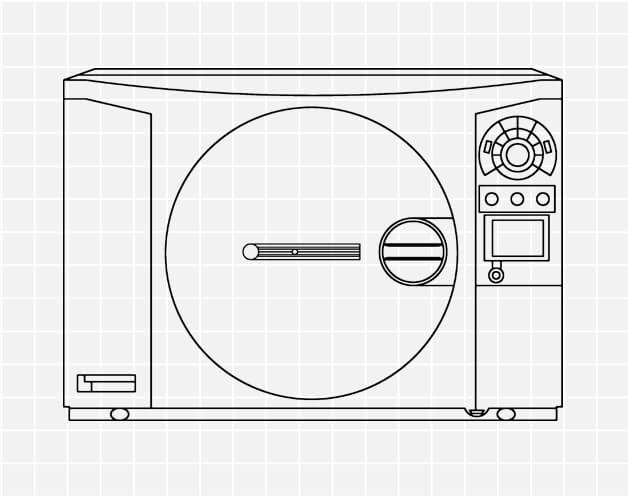
Blowdown vessels
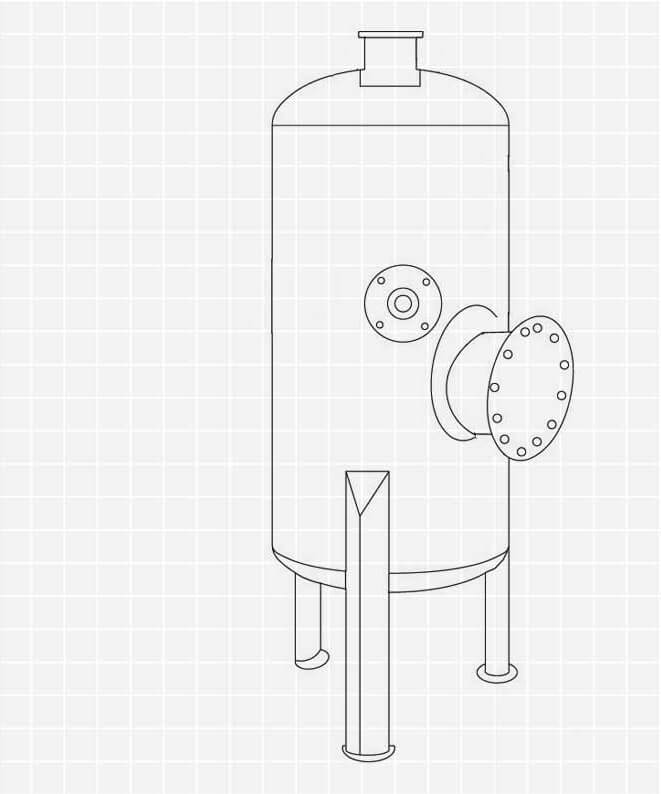
Bulk storage vessels

Café boilers

Calorifiers
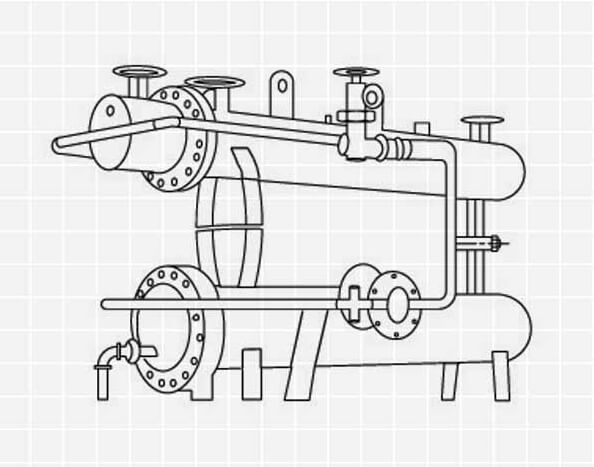
Hot water boilers
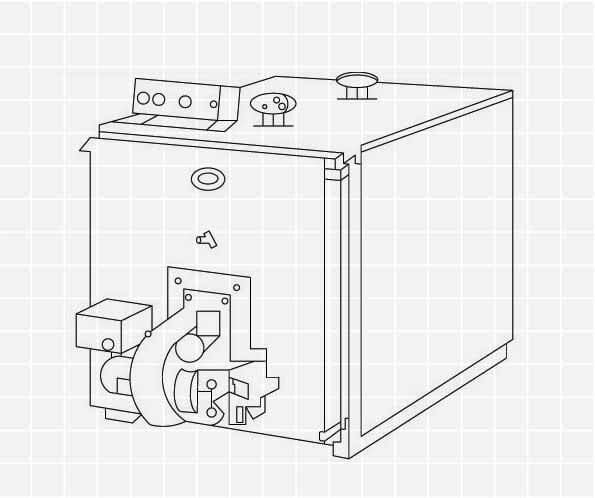
Jacketed reactor vessels
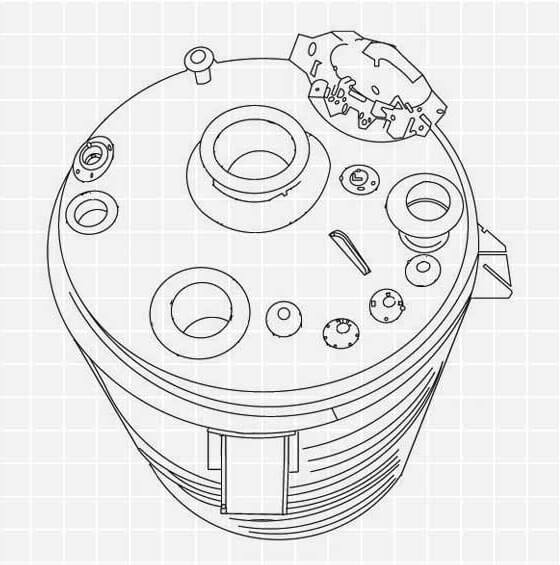
Pressurisation units

Refrigeration/ air conditioning plant

Steam boilers

Steam vessels
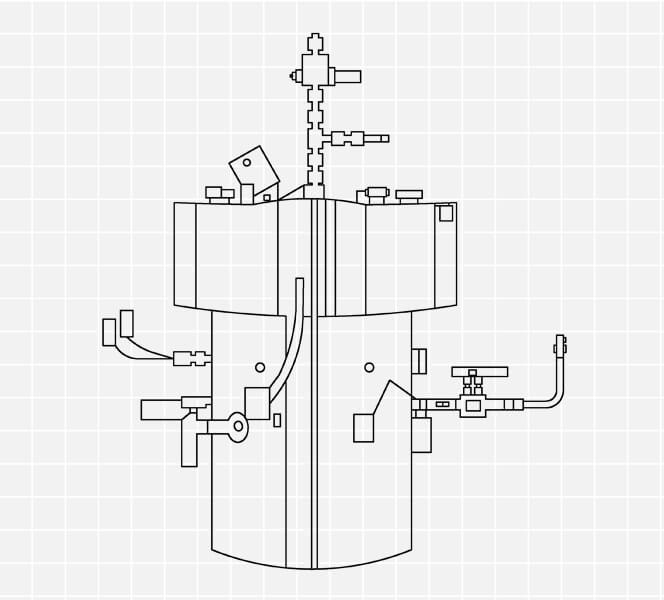
Inspections summary
-
Electrical and mechanical
-
Lift and crane
-
LEV plant
-
Power press
-
Pressure plant
Electrical and mechanical
Lift and crane
Swipe to view more
|
Item type
|
Applicable legislation
|
Period
|
|---|---|---|
| Crane | PUWER + LOLER | 12 months |
| Dock levellers | PUWER | 12 months |
| Escalators | Workplace (HSW) Regulations | 6 months |
|
Excavators/ loading shovels |
PUWER | 12 months |
| Forklift trucks | PUWER + LOLER | 12 or 6 months |
| Goods lifts | PUWER + LOLER | 12 months |
| Lifting appliances | PUWER + LOLER | 12 months |
| Lifting machines | PUWER + LOLER | 12 or 6 months |
|
Lorry-mounted cranes |
PUWER + LOLER | 12 months |
| Mobile cranes | PUWER + LOLER | 12 or 6 months |
|
Motor vehicle lifting tables |
PUWER + LOLER | 6 months |
| Pallet trucks | PUWER | 12 months |
| Passenger lifts | PUWER + LOLER | 6 months |
| Separate lifting accessories | PUWER + LOLER | 6 months |
|
Window/ building maintenance equipment |
PUWER + LOLER | 6 months |
Local exhaust ventilation (LEV) plant
Swipe to view more
|
Item type
|
Applicable legislation
|
Period
|
|---|---|---|
| Fume cupboard | COSHH | 14 months |
| LEV systems |
COSHH |
14 months |
|
Shot blast cabinets - new casting |
COSHH | 1 month |
|
Shot blast cabinets - abrading metal |
COSHH | 6 months |
|
Shot blast cabinets - all other |
COSHH | 14 months |
| Spray booths | COSHH | 14 months |
Power press
Swipe to view more
|
Item type
|
Applicable legislation
|
Period
|
|---|---|---|
| Guards and protective devices | PUWER | 12 months |
| Guillotine (metal) | PUWER | 12 months |
| Guillotine (paper) | PUWER | 6 months |
| Injection moulding machine | PUWER | 12 months |
|
Power press (interlocking/ photoelectric) |
PUWER | 6 months |
| Press brakes | PUWER | 6 months |
| Wood working machines | PUWER | 12 months |
Pressure plant
Swipe to view more
|
Item type
|
Applicable legislation
|
Period
|
|---|---|---|
| Air receivers | PUWER + PSSR | Typically 26 months |
| Autoclaves | PSSR | 14 months |
| Blowdown vessels | PSSR | Same as connected boiler |
| Bulk storage vessel | PUWER + PSSR + COMAH | Varies |
| Café boilers | PUWER + PSSR | 14 months |
| Calorifiers | PUWER + PSSR | 26 months |
|
Hot water boilers (below 100˚C) |
PUWER | 24 months |
|
Hot water boilers (above 100˚C) |
PSSR | 14 months |
| Jacket reactor vessel | PUWER + PSSR + COMAH | Varies |
| Pressurisation units | PUWER + PSSR | 60 months |
|
Refrigeration/ air conditioning |
PUWER + PSSR | 48 months |
|
Steam boilers (horizontal multi-tubular/ vertical) |
PSSR | 14 months |
|
Steam boilers (water-tube) |
PSSR | 26 months |
| Steam vessels | PSSR | 26 months |
